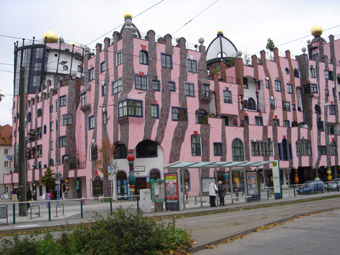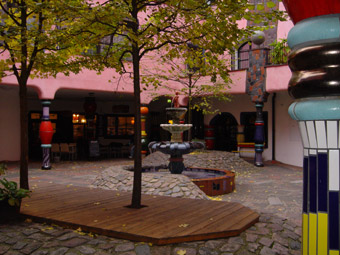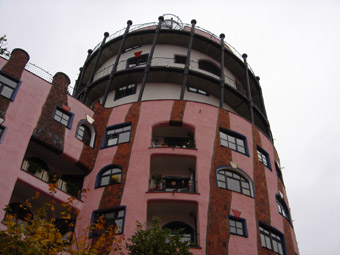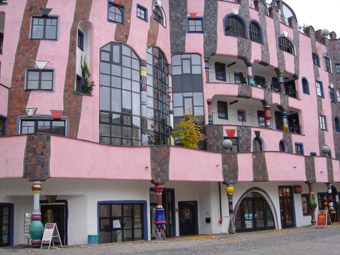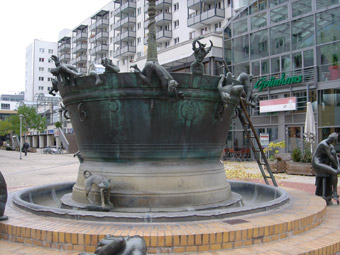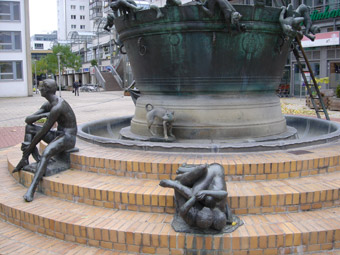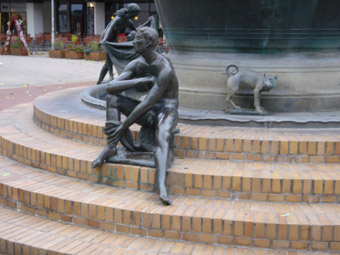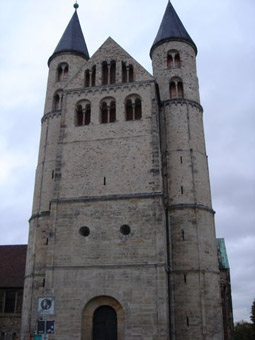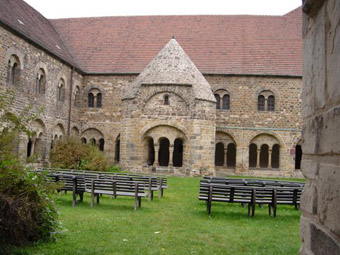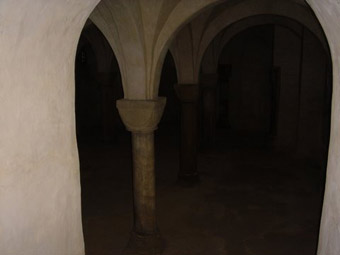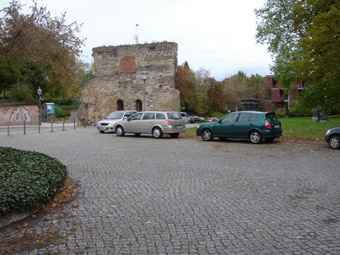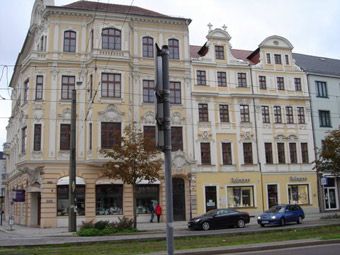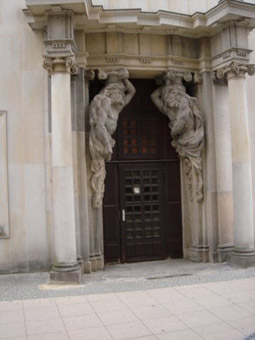MagdeburgThis was my fourth and longest visit to Magdeburg, a city that plays a huge role in my family's history, as described in My Germany. I stayed with professors Christiane Laehnemann and Gerald Warnecke in their spacious home in the Cracau neighborhood for almost a week, and it was a wonderful base. I made day trips out to Dessau and Halle for readings and did two readings in the city, one at a book store for 45 people, the other at Otto von Guerecke University for 80 students and faculty. I sampled excellent wines from Sachsen-Anhalt while in town, had a tour of some of the old city ramparts and excavations with Pascal Begrich, and learned that the heavily fortified city had been so utterly devastated in the Thirty Years' War that it literally became a byword: Magdeburgesieren meant to destroy, to wipe out. In one of my German classes, I had done a Powerpoint on the amazing architect and peace activist Hundertwasser, and his masterpiece in Magdeburg, the Gruene Zitadelle, was the last building I talked about. Going inside was a unique thrill. Various views of Hundertwasser's acknowledged masterpiece, which exhibits all his playfulness with color, line, and texture:
A comical looking statue whose age and meaning I learned about only after leaving:
Back to German Tour 2010 main page
|
||||||||||||||||||||||||
